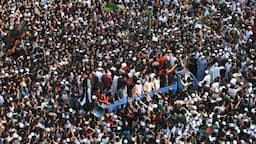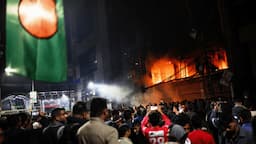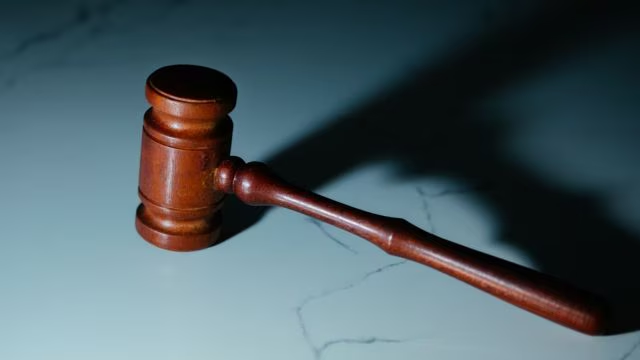Money Laundering
Money laundering involves transforming illegally acquired funds into seemingly legitimate assets by passing them through intricate financial dealings.

According to Section 3 of the Prevention of Money Laundering Act (PMLA), 2002, it pertains to hiding, holding, obtaining, or utilizing the earnings from criminal activities and presenting them as clean assets.
It happens in three phases: placement (injecting illegal funds into the system), layering (shifting it via transactions), and integration (reintroducing it via assets or enterprises).
Illicit Financial Activities
Consequences of Money Laundering
Money laundering skews asset valuations, disrupts fair competition, and threatens the stability of financial systems.
The crisis of Punjab & Maharashtra Cooperative Bank (PMC Bank) in 2019 was connected to fund misrepresentation and laundering activities.
Illegitimate money can affect elections, policymaking, and endanger democratic frameworks.
Money laundering is strongly associated with financing terrorism and transnational criminal organizations.
Challenges in Combating Money Laundering in India
Regulatory Gaps: Shell corporations, unofficial money transfer methods (such as hawala), and property continue to be insufficiently regulated.
Crypto transactions are an emerging blind spot, and India does not have a defined legal framework by 2025.
Challenges in Enforcement: Organizations such as the Enforcement Directorate (ED) and FIU-IND frequently face staffing shortages and are criticized for selective enforcement or political bias (e.g., regular ED raids prior to state elections).
Judicial Delays: The rate of convictions under the PMLA (Prevention of Money Laundering Act) is poor and raises issues regarding the efficiency of enforcement and the government’s failure to curb these financial crimes.
Transnational Complexity: Money laundering networks operate across borders, and Indian authorities face challenges with extradition, legal cooperation, and sharing information.
Panama Papers (2016) and Pandora Papers (2021) revealed numerous Indians possessing offshore assets.
Challenges in Combating Money Laundering in India
Function of the Prevention of Money Laundering Act 2002 (PMLA)
The Prevention of Money Laundering Act, 2002 (PMLA) is a criminal statute designed to combat money laundering and seize associated assets.
The Enforcement Directorate (ED) is responsible for investigating, seizing assets, prosecuting violators, and facilitating confiscation via Special Courts.
A crucial element of the law is that the responsibility for proof rests with the defendant.
Observations of the Supreme Court
In Vir Bhadra Singh versus ED (2017), the Supreme Court reiterated that the issuance of an Enforcement Case Information Report (ECIR) is enough to commence proceedings, indicating that an FIR is not necessary to initiate action under the Act.
In the case of Vijay Madanlal Chaudhury vs Union of India (2022), the Supreme Court determined that a scheduled offence is necessary for prosecution under Section 3 of the PMLA; however, property may be attached under Section 5 without an existing registered case.
Summary and Next Steps
Money laundering poses a socio-political and security risk, rather than merely being a financial offense. Although India has made advancements in legislation and enforcement, its dynamic nature—particularly through digital and global means—demands continuous vigilance, reforms, and global collaboration.
Even though India has established DTAAs with approximately 85 nations to facilitate information exchange and combat financial misconduct, stronger measures are still required.

To enhance conviction rates and prevent abuse, authorities should adhere to FATF guidelines and manage cases with integrity.
Employ AI/ML techniques in banking to identify unusual transaction patterns.
Guarantee the autonomy of ED and FIU while enhancing legislative supervision to avert abuse.
















